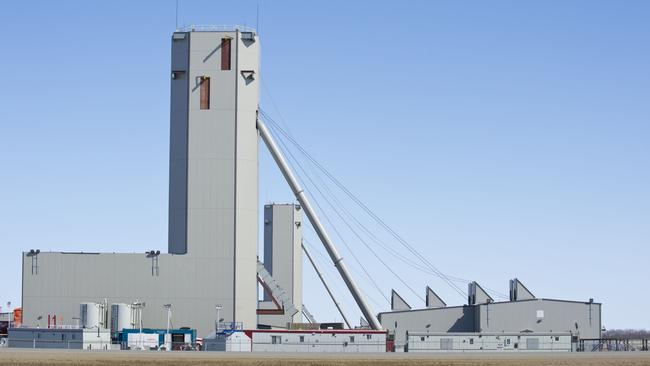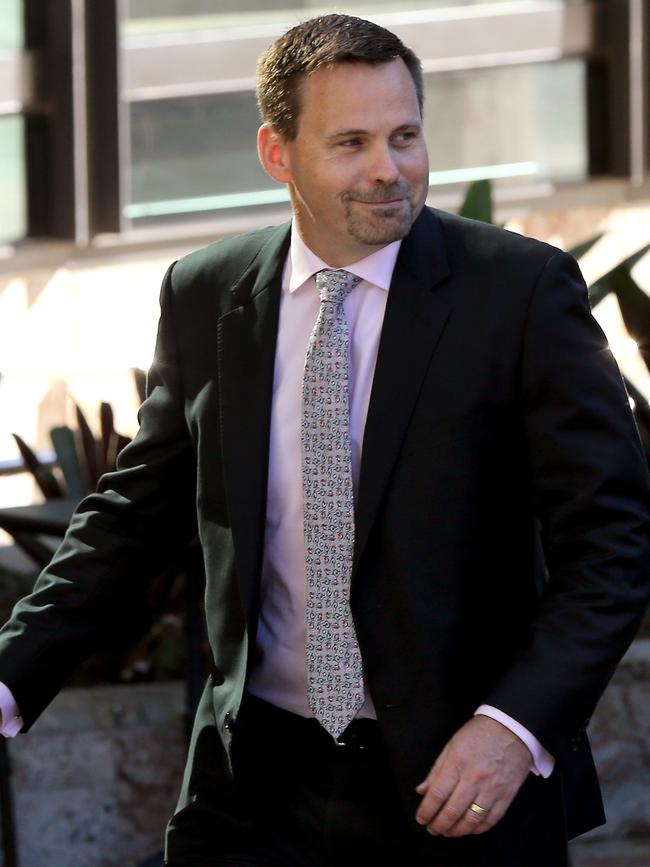BHP pushes on with Jansen potash venture amid cost mistakes
BHP has revealed its regret over the amount of money already sunk into its Jansen potash project in Canada and said it was open to bringing in a partner.

BHP has revealed its regret over the amount of money already sunk into its Jansen potash project in Canada and said it was open to bringing in a joint venture partner for a development it expects to run for a century.
While the mining giant has only just approved the $US5.7bn ($7.8bn) first stage of Jansen, the fertiliser project has a much longer history that dates back to 2009 when Marius Kloppers was BHP boss.
BHP was forced into a $US2.1bn writedown on Jansen in August and conceded the $US4.5bn of capital investment since it acquired the asset years earlier was too much and it would have taken a different approach if considering the project again fresh today.
“We’re really not happy with the amount of capital that we’ve already sunk on the project,” BHP’s president for minerals America, Rag Udd told investors on Wednesday.
The shafts put in place were oversized compared to the needs of the first phase.
“We acknowledge that the capital that we put in place actually is higher than what we would do if we were starting this project from day dot,” Mr Udd said.

Still, with over half the engineering already done BHP expects no more slip-ups.
“The experience that we‘ve built up around this project over the last decade means I’m actually quite confident that you won’t see those same mistakes that we made earlier on in this project taking place.”
The BHP executive also said expansions would be highly competitive over the next few decades given the sunk investment.
“In terms of stages two through four, it gives the ability to not have to put an additional shaft to those future phases, which I think is going to give us a much lower capital intensity for those phases of the project moving forward.”
BHP has promised a 12-14 per cent internal rate of return for the first phase and payback seven years from first production expected in 2027, saying the project has low costs at $US100 a tonne and a 70 per cent underlying earnings margin.
Jansen is expected to operate for 100 years with the first phase producing 4.35m tonnes of potash annually. Three subsequent phases – yet to be sanctioned – would lift production fourfold with an 18-20 per cent internal rate of return and four year payback.
While BHP owns 100 per cent of Jansen, it remains open to consider bringing in a joint venture partner.
“What we have said for a long time for this project is we welcome a partner but we don‘t need a partner,” Mr Udd said. “It really is only for value, and up to this point we have been unable to actually make that marriage. That said, we are open to any further conversations on that in terms of others that may want to have that conversation.”
BHP has identified potash as a future facing commodity along with copper and nickel. Potash is a potassium-rich salt used as fertiliser to boost agricultural production.




To join the conversation, please log in. Don't have an account? Register
Join the conversation, you are commenting as Logout